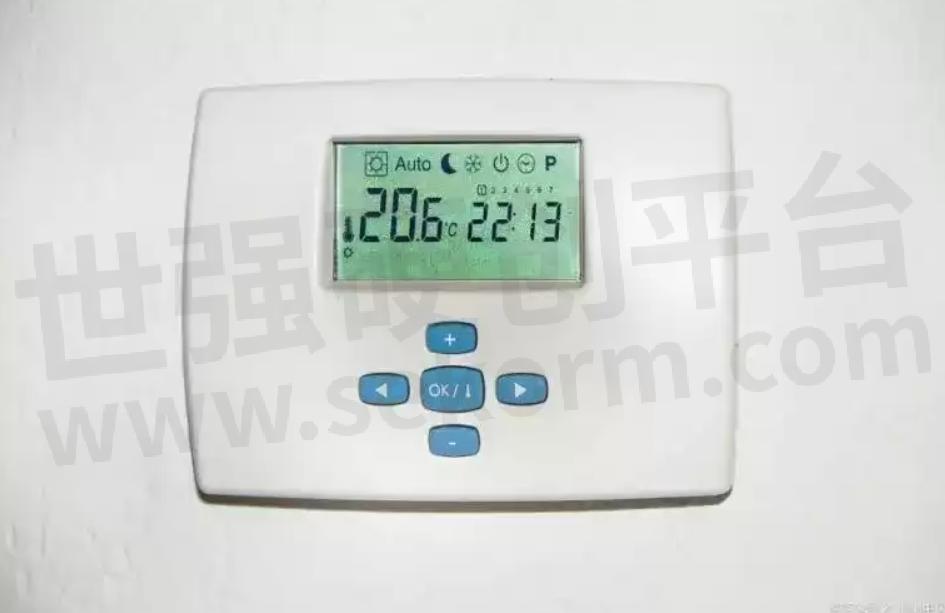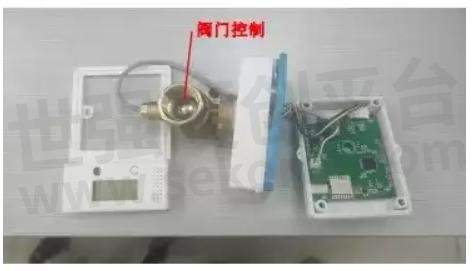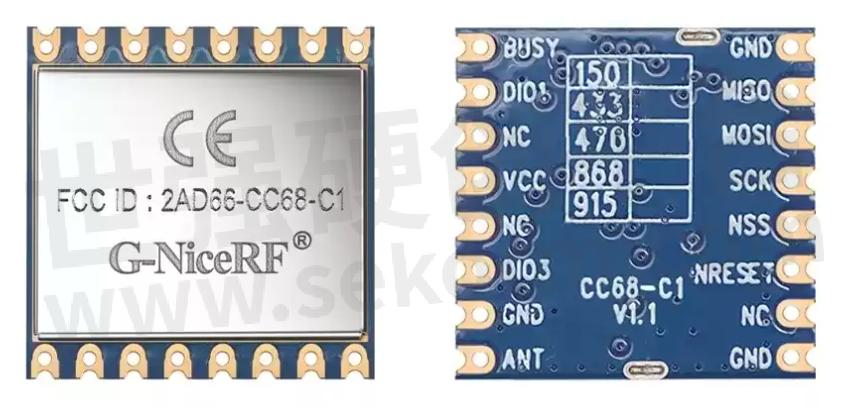LoRaCC68 Series Wireless Transceiver Modules with a Sensitivity of -129dBm and an Output Power of 22dBm, Achieve Temperature Control in Thermostats

LoRa wireless transceiver modules are a low-power, long-distance communication technology ideally suited for smart homes and Internet of Things (IoT) applications. In indoor temperature control solutions, they can be employed in the radiator systems used for indoor heating during the winter. Radiator systems are one of the methods for winter heating, where the heating and temperature adjustment of radiators are controlled by a thermostat, regulating the flow of hot water within the radiators for efficient heat distribution.
Indoor thermostats can be divided into wired thermostats and wireless thermostats. Wireless thermostats offer higher efficiency and intelligence in achieving indoor temperature regulation. The use of wireless communication eliminates the need for complex wiring in challenging environments, simplifying installation and reducing construction time. Here, we will focus on LoRa wireless thermostats.

Working Principle of LoRa wireless transceiver modules in Thermostats
LoRa wireless thermostat utilizes wireless transceiver modules to control the flow of hot water in radiators, thereby achieving indoor temperature regulation. Firstly, the thermostat is configured with a heating mode. When the radiator's heating temperature reaches the set indoor temperature, the thermostat collects indoor temperature using the LoRa temperature sensor and compares it to the temperature set in the heating mode. If the indoor temperature exceeds the set temperature, the thermostat employs wireless communication to adjust the valve, reducing the flow of hot water to prevent further temperature increase. Conversely, if the radiator's heating temperature falls below the set indoor temperature, the thermostat increases the flow of hot water to raise the indoor temperature.
In the design of LoRa wireless thermostats, data reception and power consumption are particularly critical factors to consider.

The LoRaCC68 series wireless transceiver modules combine high-precision crystals, ultra-low receive current, and sleep current, along with a sensitivity of -129dBm. They are equipped with a built-in 64KHz crystal oscillator, allowing timed wake-up of the microcontroller in low-power scenarios. The module's antenna switch is internally integrated within the chip, saving external MCU resources. With its compact size and an output power of 22dBm (160mW), this module offers significant advantages in Internet of Things (IoT) and battery-powered applications.

Features of the LoRaCC68 Series Wireless Transceiver Modules
LoRa Wireless Spread Spectrum Technology: With a receiver sensitivity of up to -129dBm and a maximum output of 22 dBm (160mW), this technology reduces the number of gateways required, resulting in cost savings compared to other wireless control methods.
Strong Signal Penetration: These modules exhibit robust signal penetration capabilities, ensuring stable data transmission in complex environments.
High Interference Resistance: LoRaCC68 modules incorporate digital spread spectrum, digital signal processing, and forward error correction coding, providing exceptional interference resistance, thereby guaranteeing the stability and reliability of wireless communication.
Low Power Design: The modules are designed for low power consumption, with a receive current of less than 5mA and a sleep current of 1.9uA to 2.35mA, reducing operational costs.
Industrial-Grade TCXO Temperature-Compensated Crystal Oscillator: Customizable operating frequencies from 150MHz to 960MHz.
Data Transmission Rates: 0.6-300 Kbps @FSK, 1.76-62.5 Kbps @LoRa.
Supports Multi-Node Connectivity and Multi-Gateway Coordination: Enables more flexible network topologies and greater scalability.
LoRa wireless thermostats are well-suited for indoor temperature regulation due to LoRa spread spectrum technology and low power consumption. Wireless thermostats use LoRa wireless transceiver modules to sense indoor temperatures, then adjust the flow of hot water in radiators to control indoor temperature based on the desired temperature. When choosing a LoRa wireless control solution, it's essential to consider factors such as communication range, interference resistance, data transmission rate, and select the appropriate LoRa wireless transceiver module and configuration accordingly.
- +1 Like
- Add to Favorites
Recommend
- G-NiceRF LoRa Backscatter Device LoRa1276-C1 Provides Long-Range Communication with Low-Power
- G-NiceRF LoRa1121 Module Newly Released: Enables Multi-Band Compatibility and Satellite Communication Functionality
- G-NiceRF’s New LoRa Spread Spectrum Modulation SOC Wireless Module LoRa-STM32WLE5 with Built-in ARM and Industrial Grade Crystal Oscillator
- G-NiceRF‘s FCC Certified Products for Wireless Transceiver Module: LoRa1276-915, RF2401PRO, RF2401F20, RF4463PRO
- What Features Should a Portable Walkie-Talkie Module Have? Take G-NiceRF SA828 for An Example
- The Gas Meter Reading Application of RF Module RF4463Pro from G-NiceRF Saves Much Person Resource
- What is the RSSI Function of LoRa Module
- Advantages of G-NiceRF ASK Transmitter STX883Pro and ASK Receiver SRX883Pro in the Market
This document is provided by Sekorm Platform for VIP exclusive service. The copyright is owned by Sekorm. Without authorization, any medias, websites or individual are not allowed to reprint. When authorizing the reprint, the link of www.sekorm.com must be indicated.






























































































































































































































































































































































































































































































































































































































































































































































































































































































